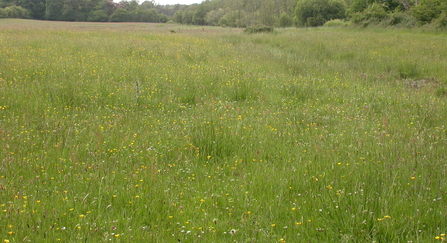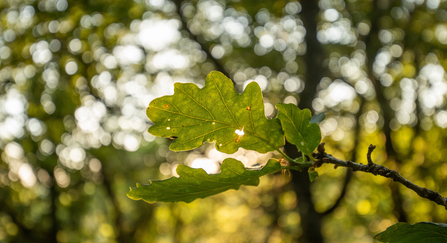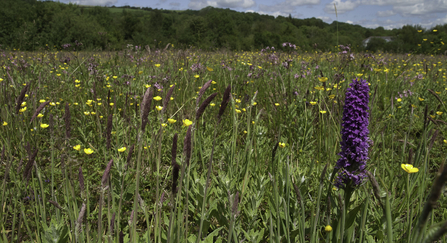The idea of the term “succession” has been around since the 18th Century. Its importance is undeniable – it underpins modern ecology theory and application. Taken at its most basic level, ecological succession explains how one habitat changes over time to be replaced by an entirely new habitat.
The time scale in which habitats change is variable, but how they change can be quite accurately predicted. This is because the change in both aquatic and terrestrial habitats is directional – meaning that habitat changes are progressive and take place in an orderly fashion.
To visualise this process, imagine a grassland field in which management completely stops i.e. no mowing.



